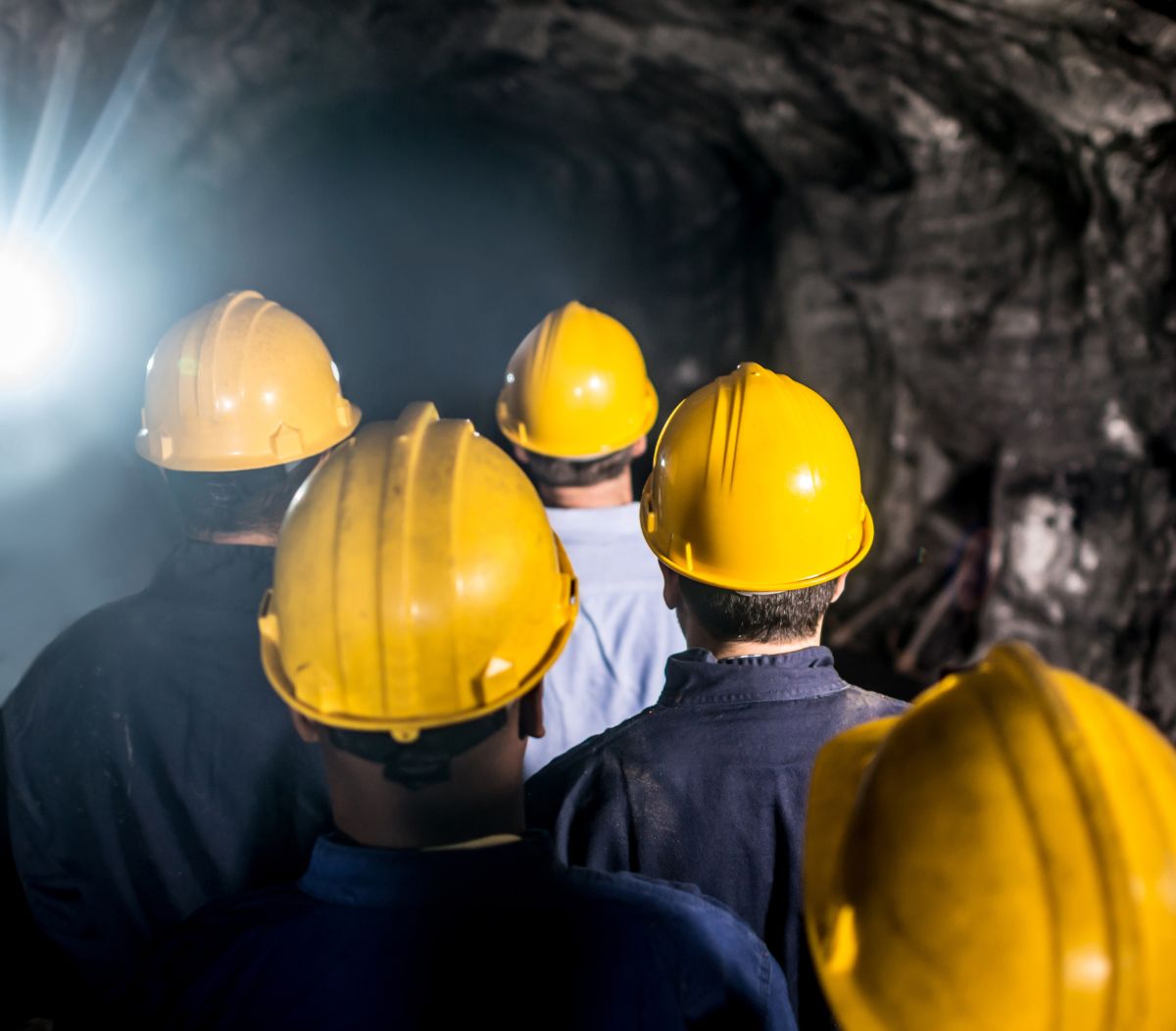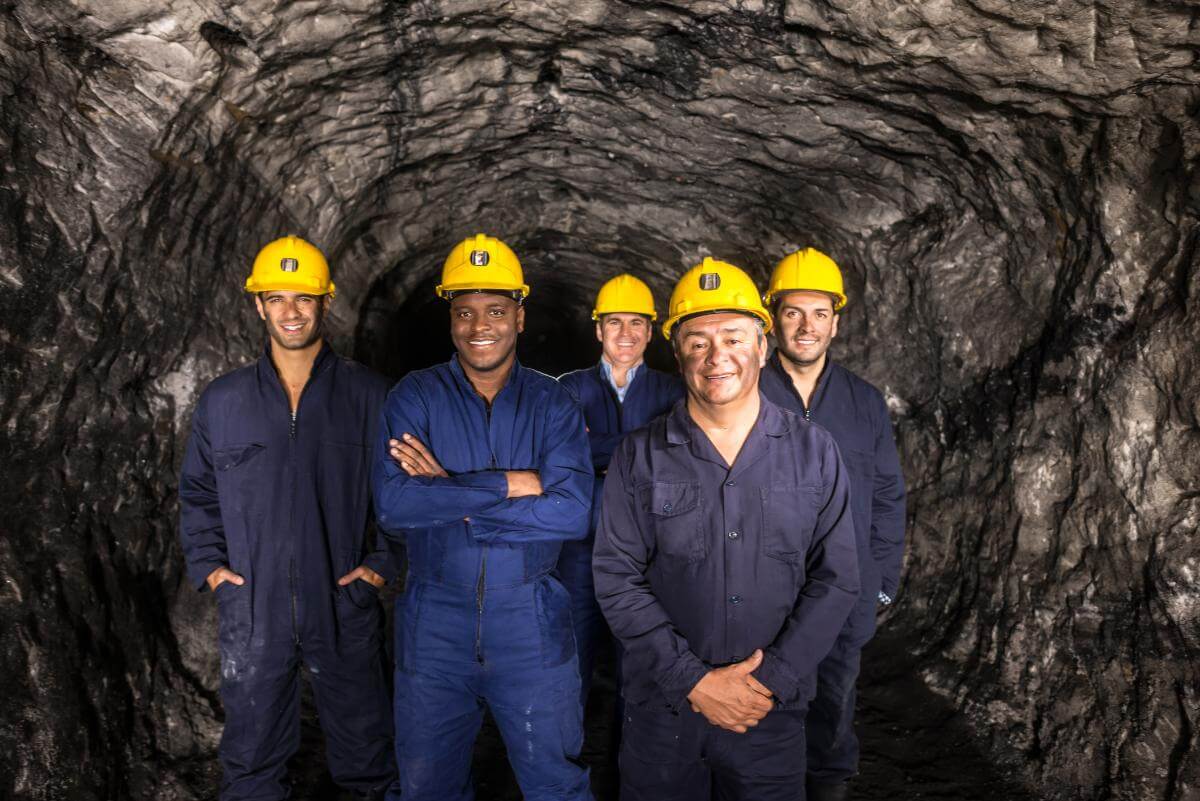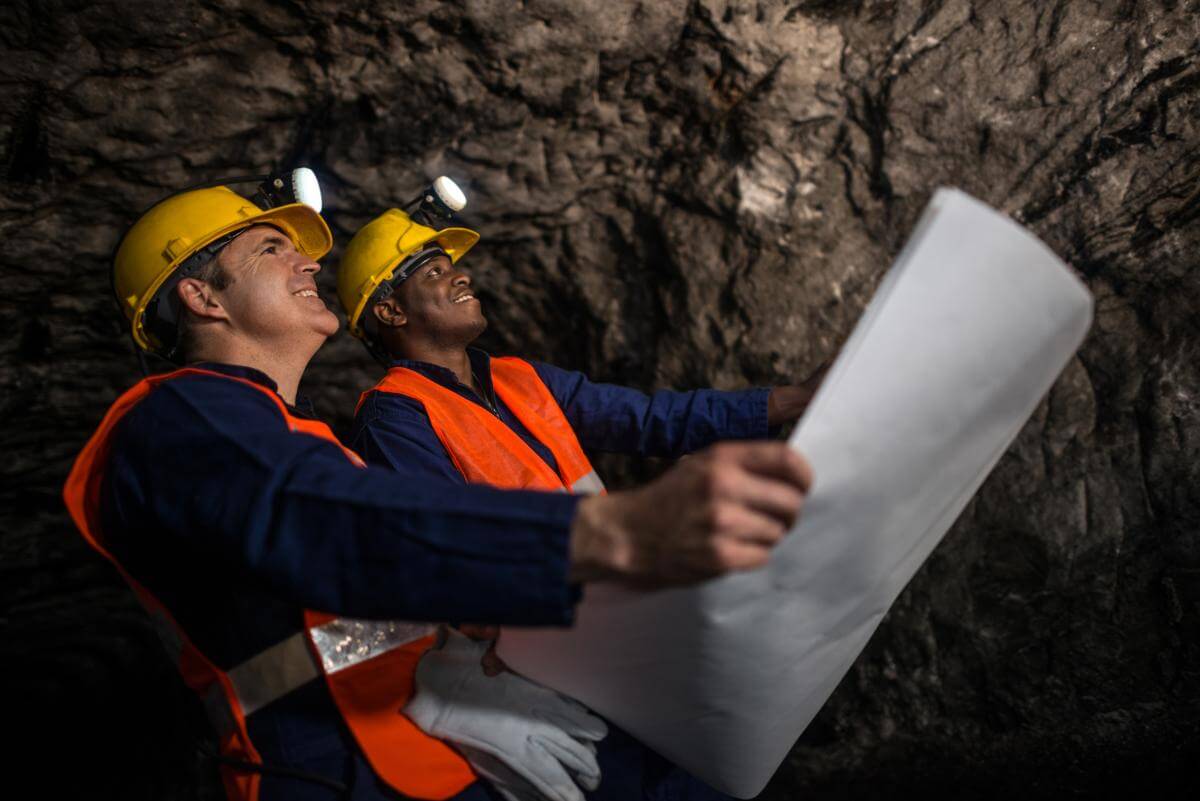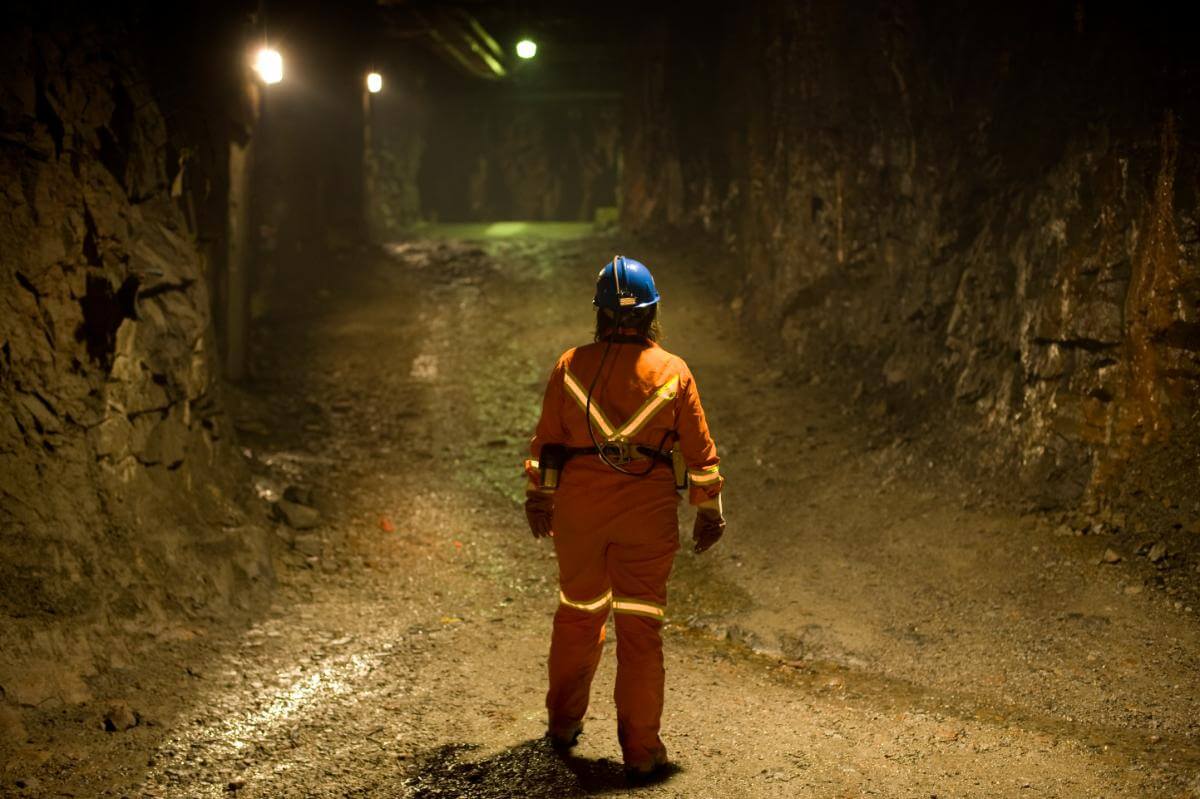Optimizing Mine Safety Part 1: Enhancing Occupational Hygiene in Mining & the Legal Imperative
Summary
Welcome to Part 1 of our multi-part focus on Ventilation Management and Gas Monitoring. In today’s blog we explore Enhancing Occupational Hygiene in Mining: Innovative Solutions for Ventilation Management and Gas Monitoring. Below you will learn strategies to ensure regulatory compliance with evolving regulatory frameworks.
In today’s blog, we revisit the key insights shared by Jaco Swartz, Managing Director at Legislative Compliance Specialists (Pty.) Ltd. With many years of legal experience in managing corporate health and safety initiatives, he helps corporate entities with a legal perspective on many issues mining-related, and for the purposes of today’s blog, we summarize his points on why ventilation management and gas monitoring are critical compliance factors for not only health and safety teams, but for the leadership team that oversees operations.
The Legal Imperative: Stricter Compliance and Accountability
Mining operations have made significant strides in improving health and safety in recent years, driven by both internal safety initiatives and increasingly stringent legal requirements. The imminent amendments to the MHSA, under the 2024 Amendment Act, will introduce more rigorous enforcement measures.
One of the most notable coming changes is the shift in burden of proof—CEOs will now be even more accountable for demonstrating operational compliance. Previously, legislation required companies, and their CEOs to take “reasonable steps” toward compliance. Now, the onus is on the employer to prove proactive mitigation efforts. In the event of a fatality resulting from non-compliance, penalties can reach 10% of total company turnover, not just profit.
Stronger Enforcement and the Role of Technology
With stricter regulatory oversight, mines must implement continuous monitoring systems to track gas exposure and ventilation efficiency. The updated MHSA mandates include:
- Appointing an occupational hygienist to oversee compliance efforts.
- Implementing early warning systems in areas with significant exposure risks.
- Providing verifiable data to demonstrate compliance with hygiene regulations.
This is where advanced mining technology becomes essential. Digital solutions enable real-time monitoring, risk identification, and proactive mitigation—helping mines not only meet regulatory requirements but also create safer working environments. Regulatory bodies are intensifying enforcement, with principal, mine, hygiene and medical inspectors actively identifying and penalizing non-compliance.
The Path Forward: Monitor, Identify, Act
The future of occupational hygiene compliance in mining hinges on real-time monitoring, immediate action, and strategic implementation of technology-driven solutions. As enforcement tightens, proactive compliance is no longer optional—it’s essential.
On average, the timeline to plan and prepare your occupational hygiene strategy is 6 months, and the time to implement is 6-12 months. Ramjack can help you design and implement a comprehensive occupational hygiene strategy, leveraging technology to ensure compliance and improve workplace safety. Monitor, identify, act—let’s build a safer, more compliant mining industry together.

Section 2: The Role of Ventilation in Mine Safety
Presented by TJ, Conspec Proper ventilation is vital to minimize exposure to harmful gases and dust. In this segment, you’ll learn how effective ventilation management reduces risks and improves overall mine safety.
Section 3: Advanced Gas Monitoring Capabilities
Presented by TJ, Conspec Explore the latest gas monitoring technologies and their importance for real-time safety management. We’ll also cover post-blast re-entry protocols and how diesel emission tracking ensures compliance with regulations while keeping workers safe.


Section 4: Air Quality Stations – Advanced Monitoring and Insights
Section 5: Horizontal Integrated Solutions for Mining Safety


Section 6: Implementation Strategy
See a step-by-step guide on how to implement these solutions effectively. Learn about best practices for integrating ventilation management and gas monitoring into your operations for optimal results.
Presented by Barend, Ramjack Technology Solutions
